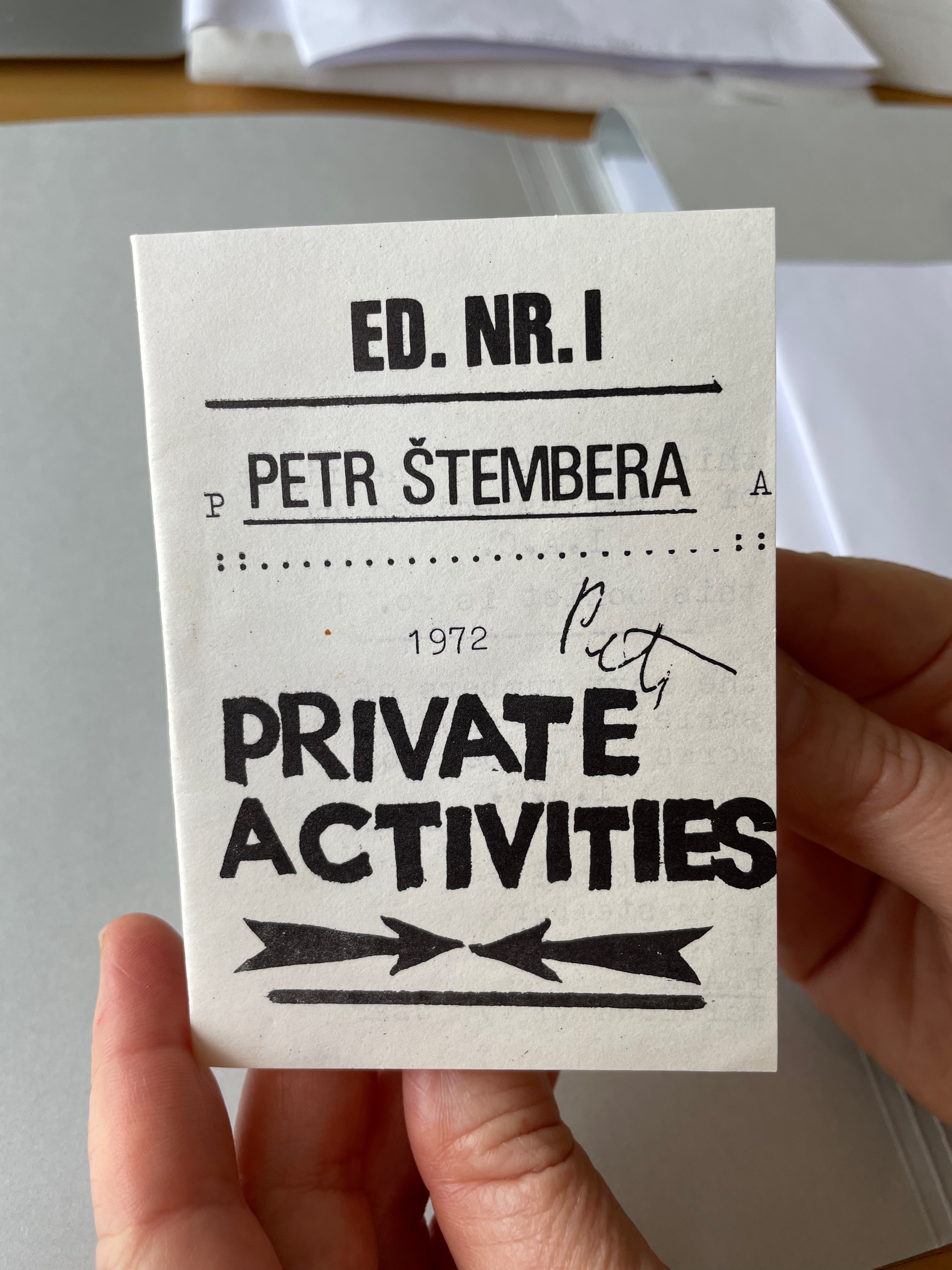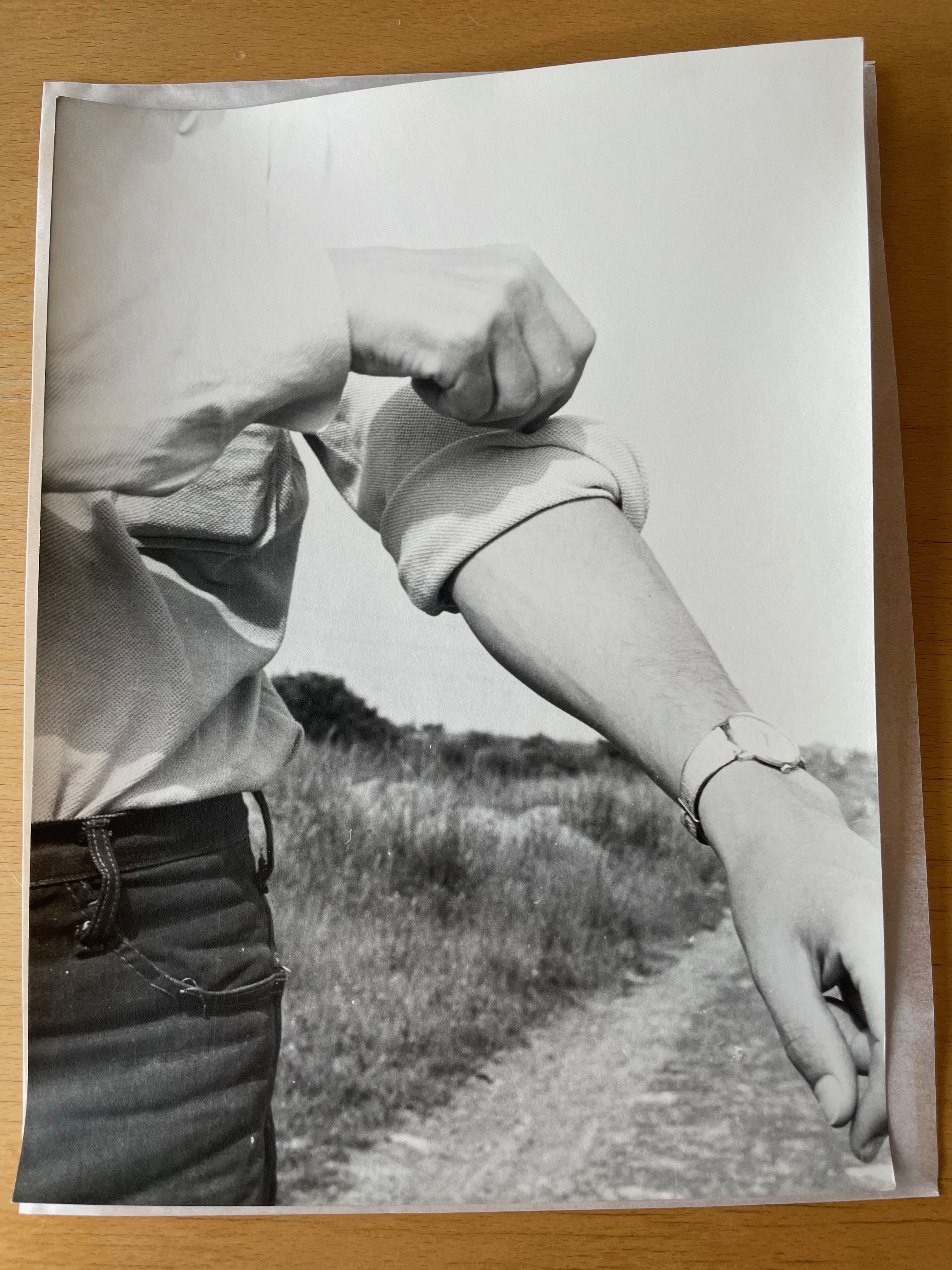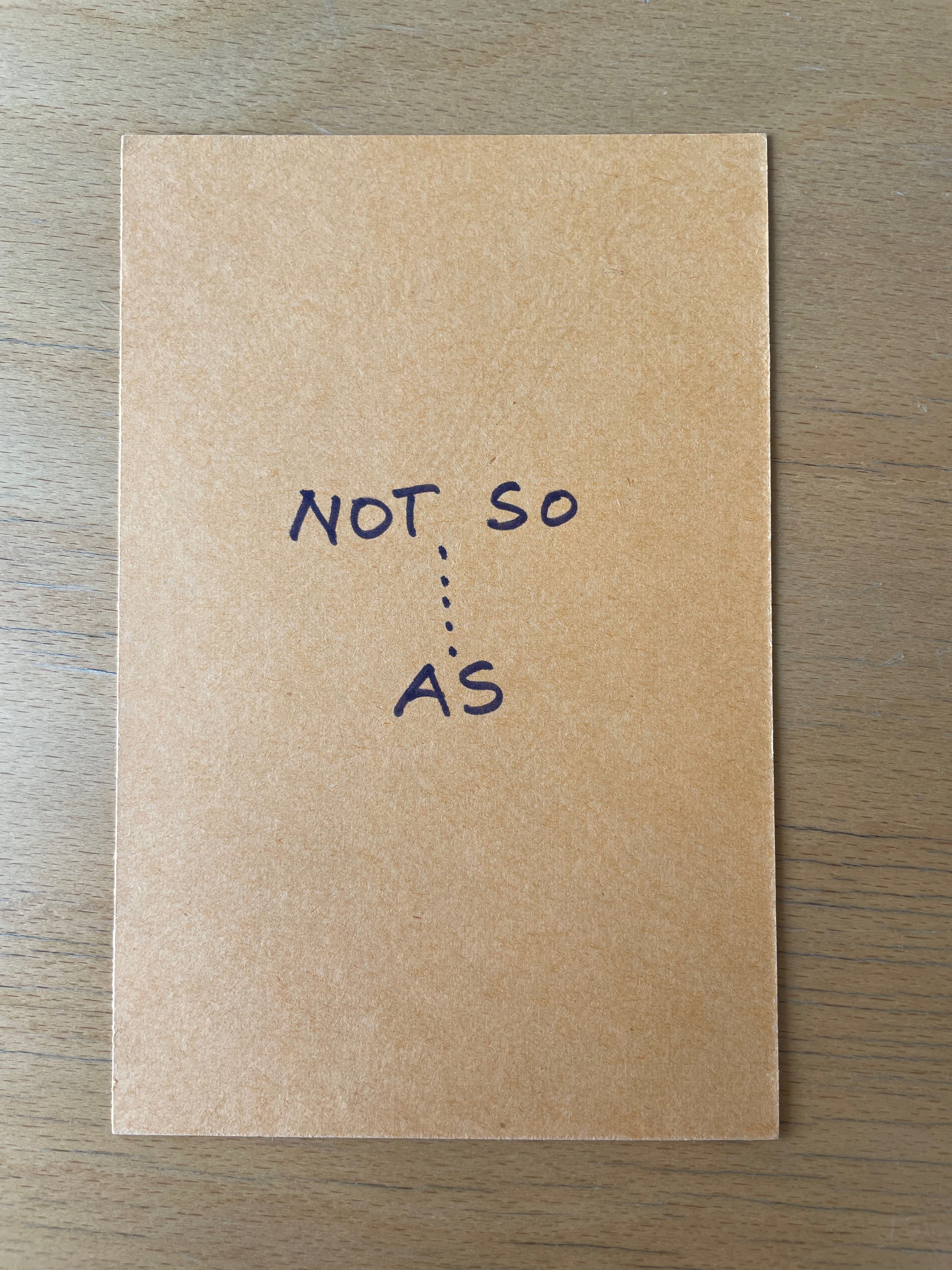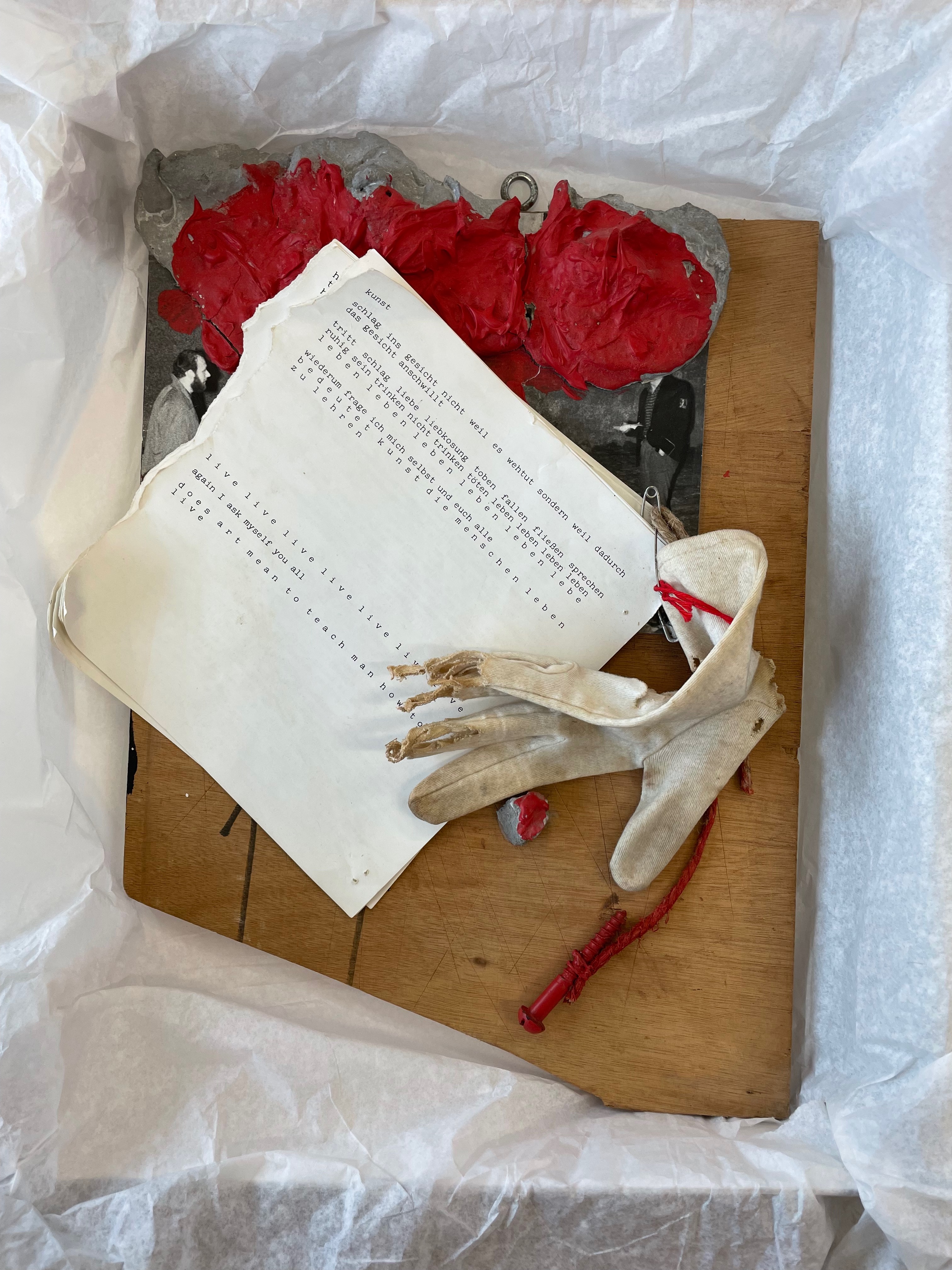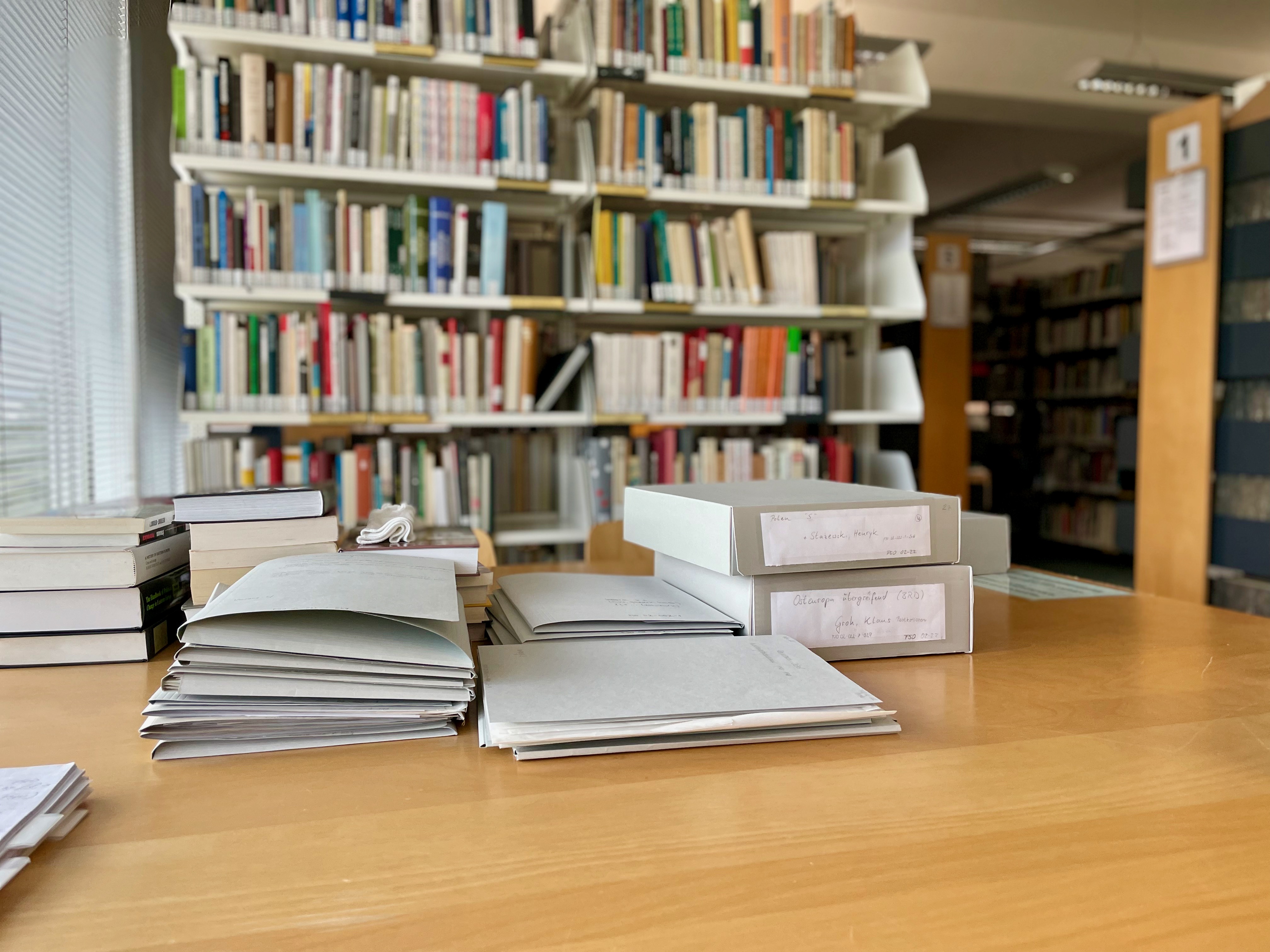In July 2022, the VVP AVU team organized a research trip to Bremen. Their main aim was to study the extensive archival collections at the Research Centre for East European Studies at the University of Bremen, also known as Forschungsstelle Osteuropa (FSO). Established during the 1980s, the FSO now serves as a hub for investigating the topics related to the former Eastern Bloc.
The team's main focus was laid on the archival files connected to Klaus Groh's networking activities. The collection consists of around 10,000 units and offers a valuable resource for researching non-official art scenes that emerged in East Central and Eastern Europe during the 1970s. Included in the collection are art objects, mail art, artist books, photo documentation, and correspondence, all dating from the late 1960s to the 1980s.
Klaus Groh, an art historian, artist, and educator from Germany, played a pivotal role in the Mail Art movement. He amassed an assorted collection of content from diverse genres and countries. In 1969, Groh established the International Artists' Cooperation (I.A.C.), which served as a forum for artists keen on exchanging ideas. In its bulletins, I.A.C. published address lists of artists and art institutions involved in the Mail Art scene, distributing them across 39 countries. Starting in 1972, I.A.C. extended its publication activities by producing booklets that showcased the artworks of its members.
In 1972, Groh also released the book, Aktuelle Kunst in Osteuropa. The publication presented experimental concepts by artists who mostly worked outside of public attention. Since these artists were often unaware of the concurrent developments in other contries of the region, the publication provided them with new communication possibilities.
Thanks to Groh's extensive range of activities, the archival collection now provides a comprehensive overview of the alternative art scenes in Poland, Hungary, Czechoslovakia, the GDR, and Yugoslavia. Additionally, it is also complemented by materials from Bulgaria, Romania, and the former Soviet Union. Due to their field of expertise, the VVP AVU team turned its attention to the files comprising the Czechoslovak part of the collection. The files included the works of now well-known artists such as Petr Štembera, Július Koller, Eugen Brikcius, Robert Wittmann, Jiří Hynek Kocman, or Dalibor Chatrný, the key figures of performance and conceptual art. The collection preserves such highlights as the original typewritten works by Jiří Valoch, a renowned representative of visual poetry or photo-works by Karel Miler, which offer insight into the artist's deep interest in zen-buddhism and other Eastern religions. Additionally, the team worked with an extensive correspondence between Groh and Milan Knížák, which helped them to reconstruct Knížák's ambitions to present his works in West Germany and Sweden.
The VVP AVU team also visited Kunsthalle Bremen and the Weserburg Museum of Modern Art to make the most of the stay. The latter of the institutions hosted the exhibition titled Skulpturale Poesie, showcasing works by the previously mentioned author Jiří Valoch.

